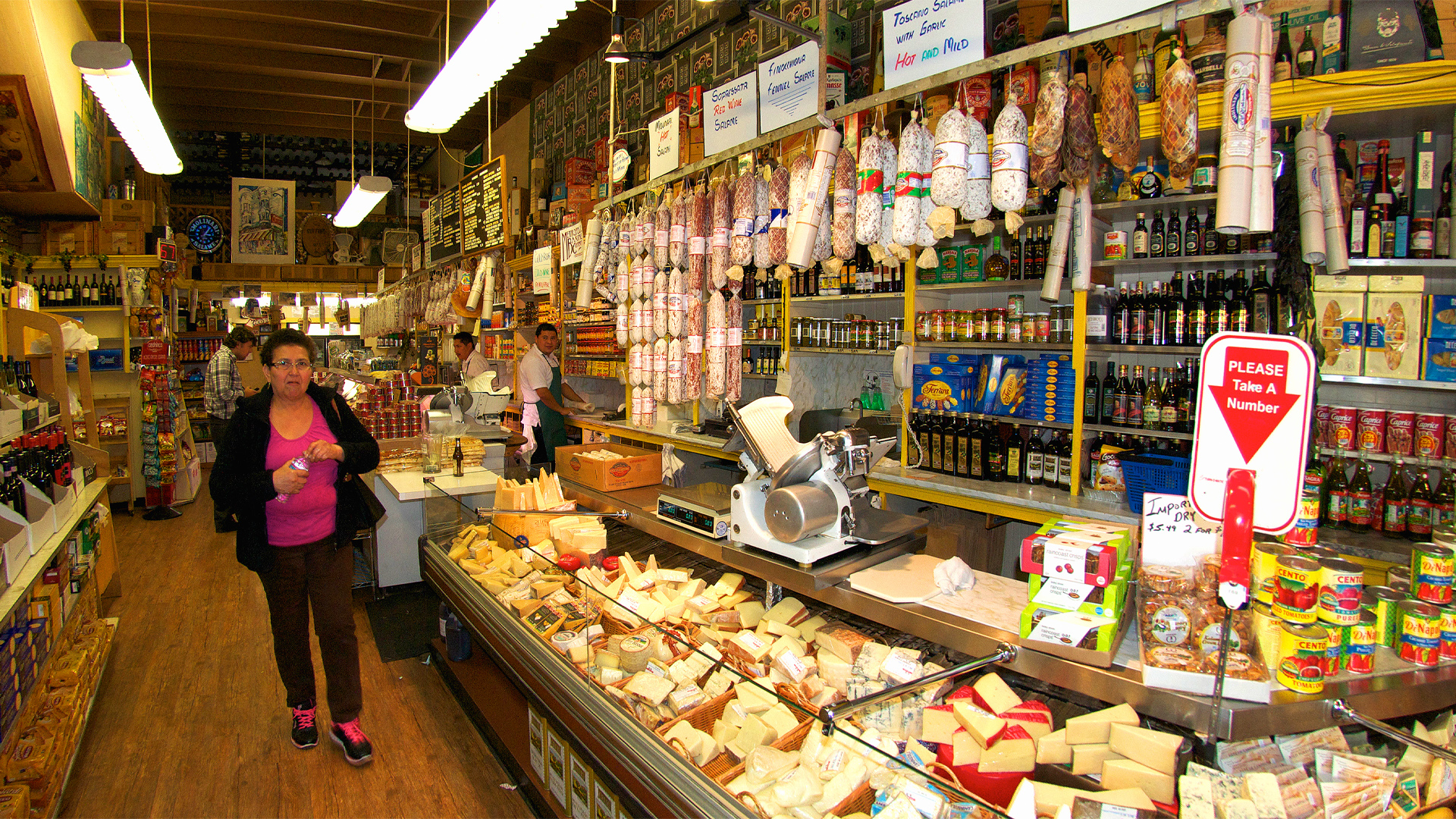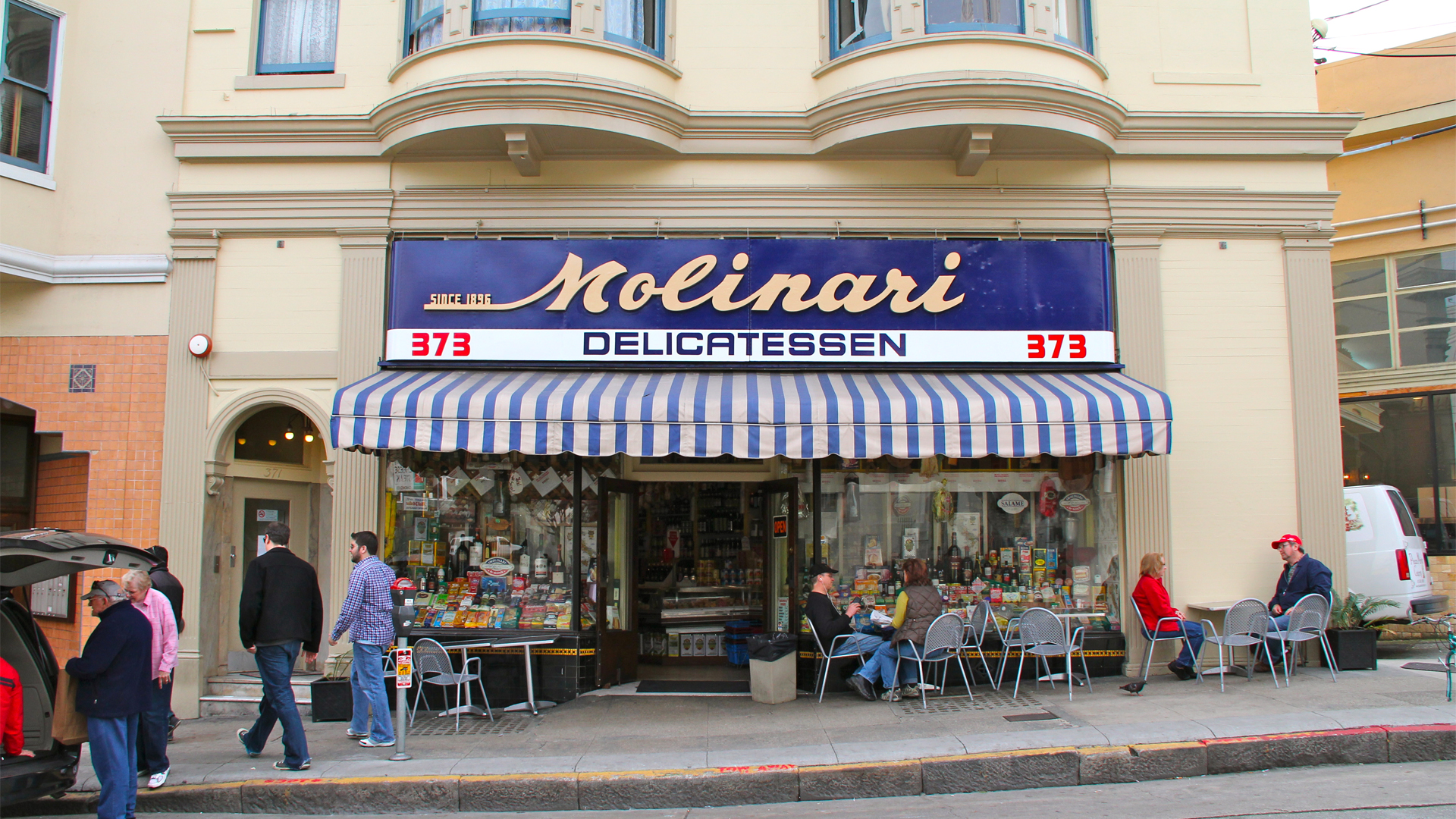Molinari & Sons Salame are experts on making salame, and they have 127 years of perfecting the art to prove it. The intergenerational salame business, located in San Francisco, has been producing and selling salame and sausage products since 1896.
Today, Molinari is the last family-owned Italian salame producer in San Francisco, currently run by the fifth generation of Molinaris. The company makes over 30 kinds of salame and sausages, from Toscano and finocchiona salame to hot soppressata and sweet Sicilian sausage. Their products ship throughout the United States.
Get to know the history of the most iconic intergenerational Italian salame makers in San Francisco.

In 1870, Pasquale Giusseppe “P.G.” Molinari and his family left their small town of Carrezzano, located in the northern Italian region of Piedmont, in search of a better life. The Molinari family first stopped in London, England, before venturing to Pacasmayo, Peru. Soon after arriving in Peru, PG’s mother dies from Typhoid, and the family decides to return home to Italy.
10 years later, in 1880, PG and his father Francisco immigrate to Mexico City, where PG finds a job in a restaurant. His father soon leaves in search of better opportunities, eventually landing in San Francisco where he summons PG two years later.
After a few years of working in a salame factory and saving up, PG opened Molinari & Sons Salame in 1886 in the basement of a delicatessen in San Francisco’s North Beach neighborhood, known today as the city’s Little Italy.
A devastating earthquake in 1906 levels the city, and fires ravage all remaining buildings. In 1913, PG received a loan from the Bank of Italy, which would eventually become the Bank of America, and reopened his business at 373 Columbus Street, where the factory remained for 49 years until 1962.

How Molinari & Sons make their salame:
Step 1: Certified pork is cut with an industrial cutter to create smaller portions of the meat.
Step 2: Once the larger portions of meat have been cut into smaller portions, the individual types of pork are blended together.
Step 3: The blended pork is then spiced with an in-house, custom blend.
Step 4: The chopped and stuffed meat is subsequently brought to a stuffer where it is stuffed into various-sized casings that easily peel off.
Step 5: The meat is cured for roughly four weeks in a process that strikes the right balance between time and temperature. Mold growth is an essential factor for dry curing salame, therefore the product is kept in temperature and humidity-controlled rooms to protect the integrity of the old-world process of sausage making.
Step 6: Once the salame is properly cured, it is packaged and shipped to retailers throughout Northern California.
Asia London Palomba
Asia London Palomba is a trilingual freelance journalist from Rome, Italy. In the past, her work on culture, travel, and history has been published in The Boston Globe, Atlas Obscura, The Christian Science Monitor, and Grub Street, New York Magazine's food section. In her free time, Asia enjoys traveling home to Italy to spend time with family and friends, drinking Hugo Spritzes, and making her nonna's homemade cavatelli.

